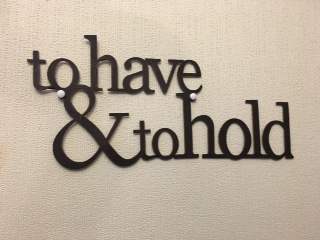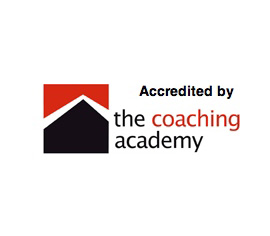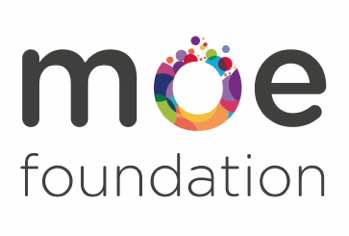Good to Great Performance: Pressure Test your Chair – CEO relationship

DOWNLOAD YOUR FACTSHEET ON BOARD / STAFF RELATIONSHIPS HERE
A group of senior leaders – board leaders and executives met at PKF Littlejohn to explore ways of pressure testing the Chair-CEO relationship. I was reminded of the importance of the following practices:
Appreciation: don’t forget to say thank you – this applies to the CEO, the Chair and the board in their relationship.
Prioritise: it is crucial to give things the attention they deserve. The CEO and Chair as strategic partners should figure out how their partnership will work efficiently and effectively. Performance frameworks serve a big part in this, as are the personalities and styles involved. It is important to set goals and milestones.
Practice gentle leadership: both partners should be gentle and supportive of each other while achieving the necessary outcomes. This would involve being sensitive to the needs of the opposite partner – the Chair (who has the delegated authority of the board) and the CEO (who is at the helm of supporting the staff and works closely with the Executive). It is a delicate balancing act. Gentle leaders are generous listeners, facilitators and collaborators – all virtues that are important for effective team building and maintenance.
Have the sensitive/difficult conversation: it is crucial not to chicken out of difficult or sensitive conversations. The situation (s) will only get worse. Together work out smart ways of achieving results and overcoming any challenges or barriers.
Pay attention: to competences and capabilities: Are the necessary resources available to meet the challenges which the organisation is faced with. The resources can go beyond finances to skills needed or the conditions needed to make sure that there will be successful outcomes. The CEO and Chair can ask each other ‘what can help you to get to where you need to be’.
Performance appraisals : can build in coaching and mentoring approaches. What can help each partner to have perspective of where each person is coming to. What is keeping each of them awake at night? What can bring reassurance?
Reflection works: each player could check in with him or herself. Sometimes this takes the form of self-reflection. It could also take the form of being part of a Chair or CEO group or getting a coach or mentor who can bring added support.
Involve the whole team: both the board and the staff. Team norms encourage more engagement and ownership of standards, values, what needs to be achieved and how. Codes of Conduct are a great help as a starting point. The collective wisdom of the team can bring more productive ways of working and contributing. Find ways of celebrating success and recognising effort and contributions.
When all fail: if the relationship does not work, it may be time to bring in a third party to facilitate conversations and see if a shared vision of the work and way of working can be agreed. The removal of either the CEO or Chair should be the last rather than the course of action.






